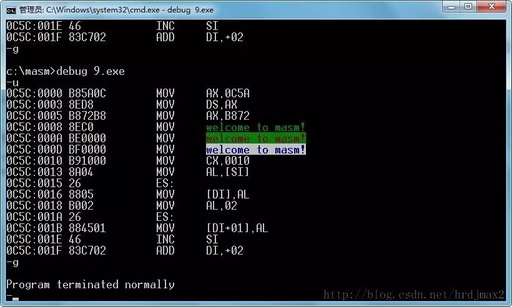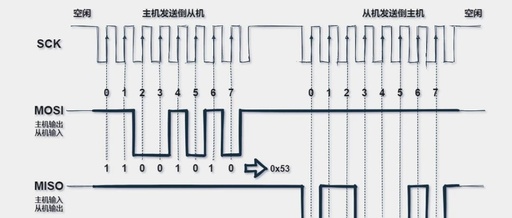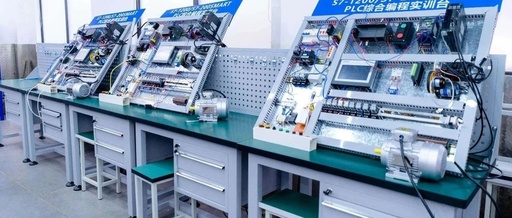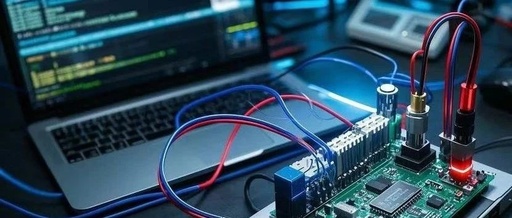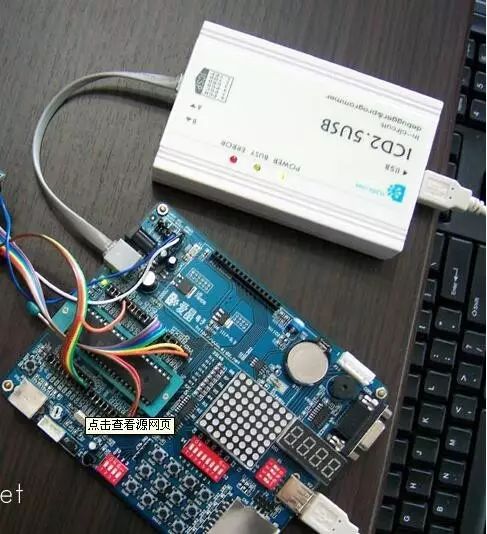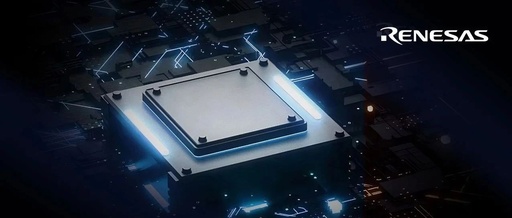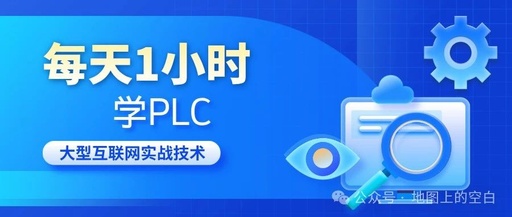C++ Embedded Development: Hardware Interaction and Resource Management
C++ Embedded Development: Hardware Interaction and Resource Management In today’s technological world, embedded systems are ubiquitous, from household appliances to automotive control systems. These devices often rely on efficient and reliable small programs to perform specific functions. C++, as a powerful programming language, provides superior solutions for handling complex logic and resource management in embedded … Read more

